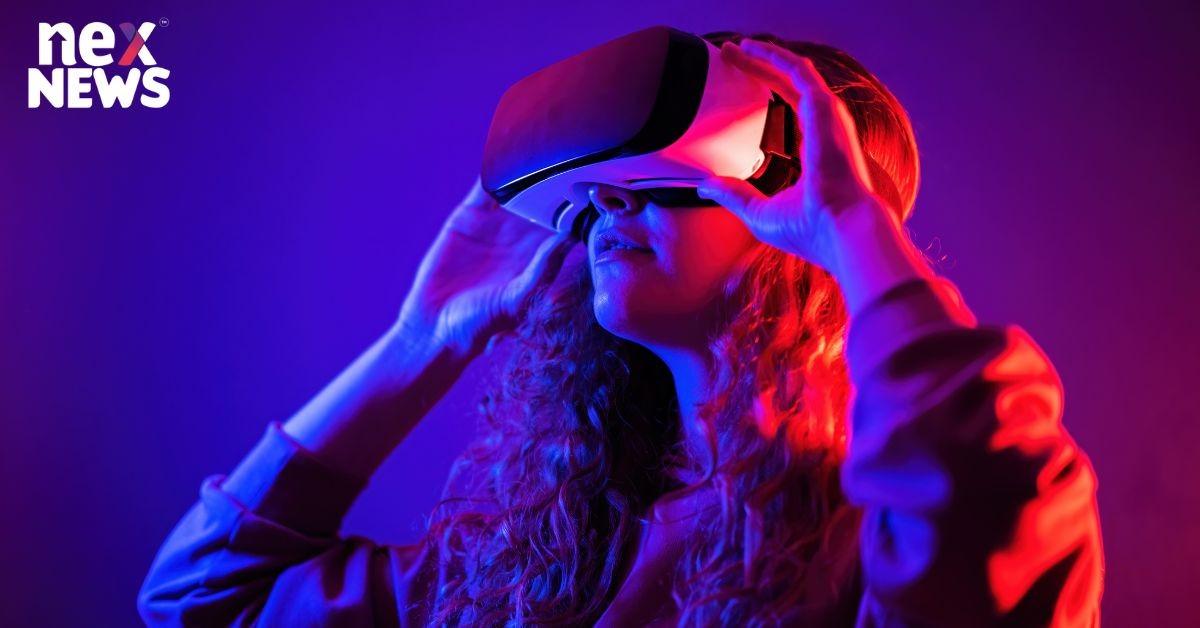The future is here with AR smart glasses technology. Though many advancements and innovations are yet to be incorporated into the technology, the available range of smart glasses in the market at present is not bad either. Some of them use high-end technologies and interactive designs to enhance user experience.
Smart glasses are wearable lenses with integrated AR abilities using nanotechnologies. Smart glass display works like that of the user’s smartphone screen where the real surrounding is merged with virtual elements such as text, audio, images, instructions, information, video, graphics and many more. Smart glasses also allow the users to make or receive calls, see the notification and give audio commands.
Here are some of the pros and cons of AR smart glasses:
PROS
Hands-free experience:
If your hands are full or you just want to go hands-free while enjoying an AR experience, then smart glasses are the best option. Smart glasses allow you to interact with the virtual elements without the need to pull your phone out of your pockets. Some of smart glasses are also able to receive voice commands and can do the work for you.
Connection:
Smart glasses are always connected to your smartphone and the internet. This makes the functioning much easier for the users. Being connected to the smartphone grants the smart glasses access to several functions of the phone and being connected to the internet helps in capturing and experiencing the surroundings through a single command.
Life of ease:
The users can safely place their smartphones in their pockets and work with smart glasses to experience their surroundings and be on the move without having to work their way through distractions by smartphones.
CONS
Vision:
While normal lenses help improve vision, these smart glasses may affect you differently. Glasses may cause eye strain or headaches due to prolonged hours of use. Google has also warned users under 13 years old to use the glasses with caution as it may damage the developing vision.
Fatigue:
Not all smart glasses are lightweight some are more of a headset than glasses. Wearing them for longer hours may get the user tired easily with headaches, neck pains and possible irritation towards the glasses.
Privacy:
Some institutes are not on board with the glasses as one can record whatever they want with just a command, thus, infringing the privacy of individuals or the institutes such as theatre, etc.
Peripheral vision:
Using glasses may permanently damage the peripheral vision of the users. This is dangerous because losing peripheral vision undermines the safety of the user while they perform daily tasks. This also increases the chances of hazardous accidents.
Distraction:
Users may immerse into their world by using the glasses and thus get distracted from the real world surrounding them.
Every technology has many benefits but each one of them has some cons too. Smart glasses are meant to be used with caution as they may damage the vision and they may also cause accidents but people engaging with AR smart glasses see many benefits while interacting with its multiple features and the overall experience is no less than experiencing a technology of the future.


POST A COMMENT (0)
All Comments (0)
Replies (0)